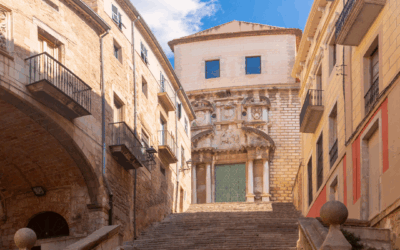Camp Nou in Barcelona symbolises with its grandeur the immense history of Futbol Club Barcelona. This stadium has hosted the Blaugrana’s home matches since the 24th of September of 1957, the day of its inauguration.
This stadium was created to replace the old Les Corts stadium, which had a capacity of 48,000 spectators and became too small for the interests of the Barcelona team, which grew in popularity. Today, Camp Nou is the largest stadium in Europe, with a capacity of almost 100,000 spectators.
FC Barcelona gives visitors to the stadium the chance to take a tour in which they can see the inside of the stadium, with the possibility of crossing the tunnel to the changing rooms, as well as discovering more about the history of this club, thanks to the FC Barcelona museum, where you will find a large number of trophies won throughout its history and a fantastic interactive multimedia area, where you will see videos and images of key moments in the club’s history.
Shuttle2Sun takes you to this magnificent stadium so that you can enjoy a very special visit, seeing from the inside a stadium that you have probably only seen on TV or in pictures.
Book your transfer by shuttle bus or private service from Barcelona airport, Barcelona port, Girona airport, Reus airport or AVE Camp de Tarragona station to the door of your hotel or apartment in Barcelona.




